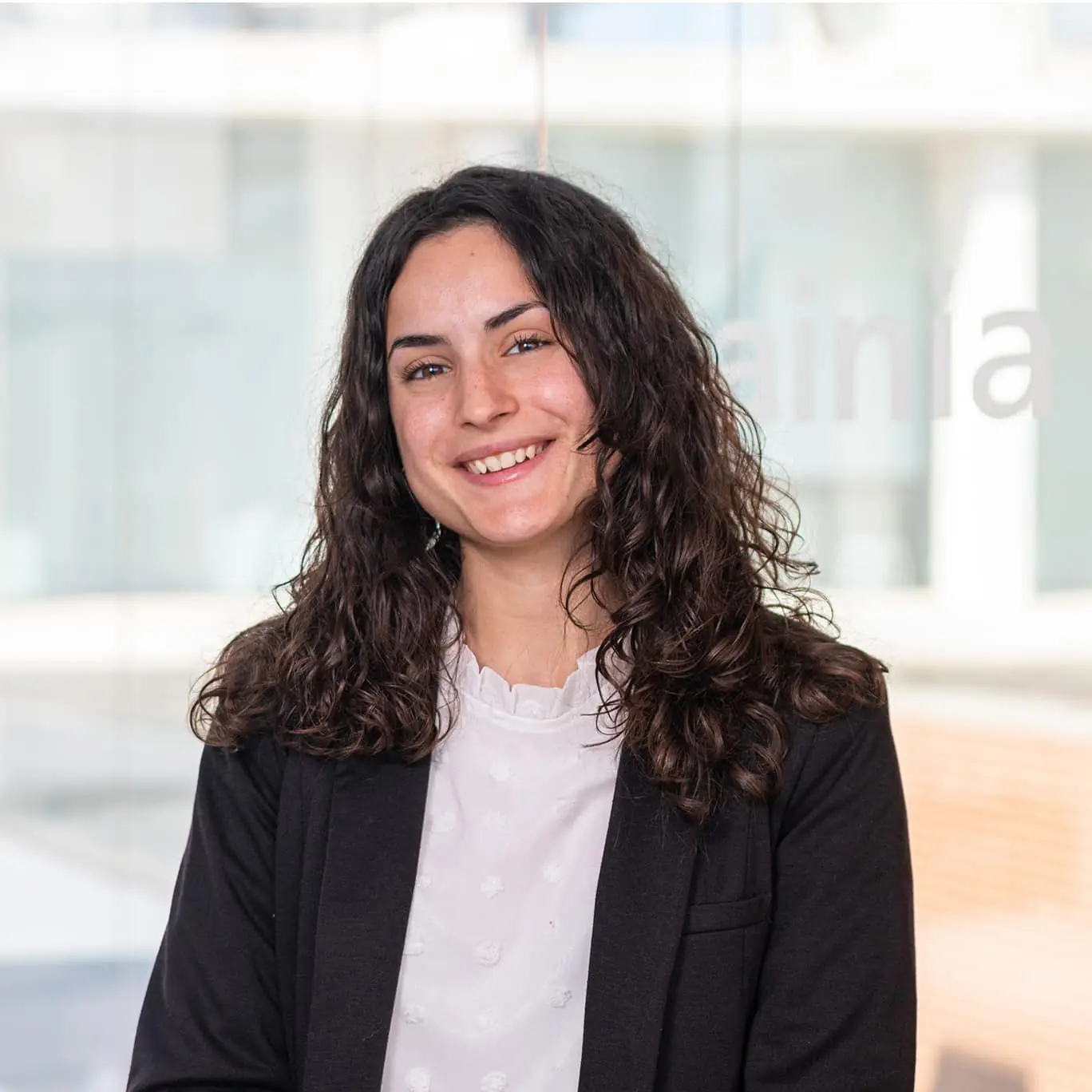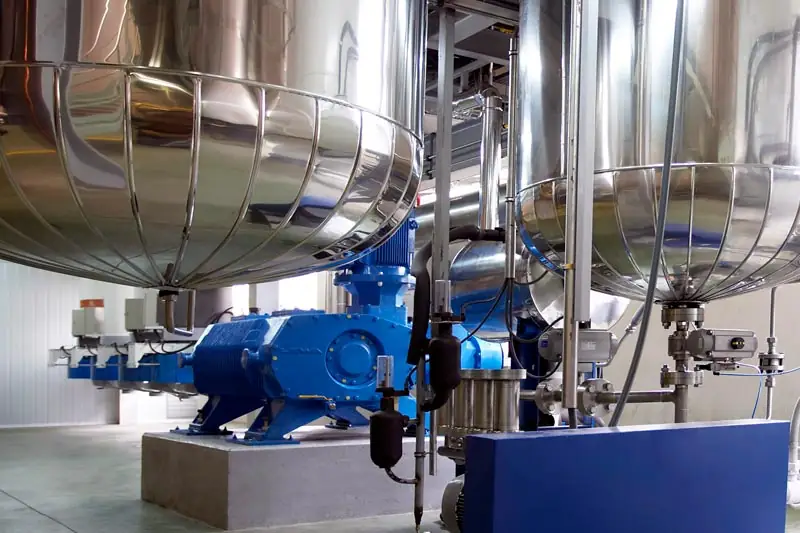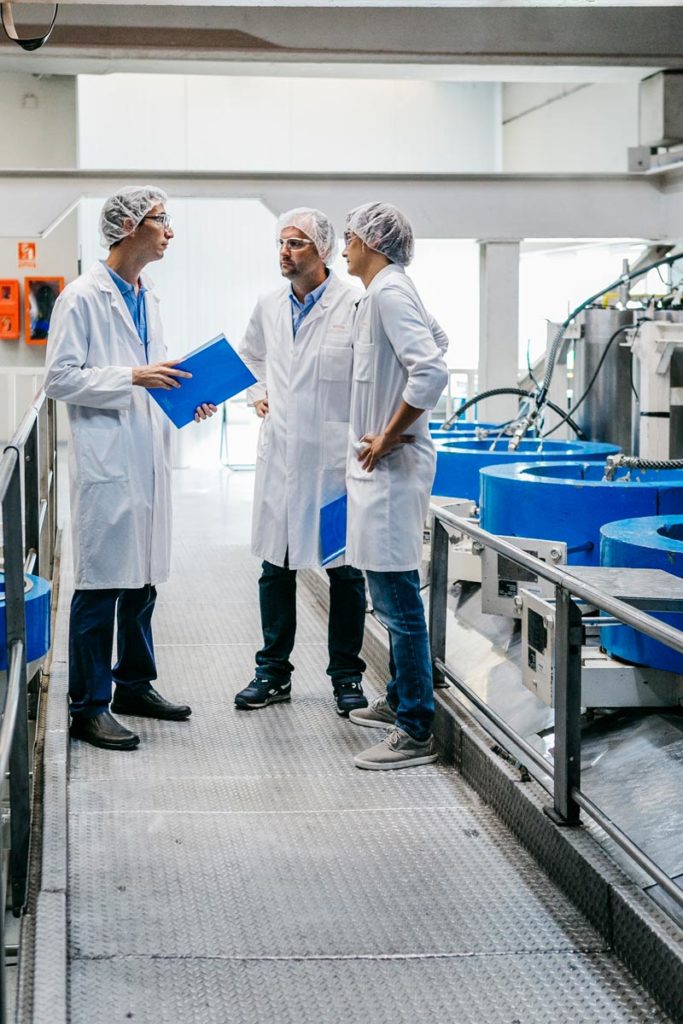Caffeine extraction from coffee using supercritical CO₂ is one of the most advanced applications of supercritical fluid extraction in the food industry. This technique enables the removal of caffeine from raw materials such as green coffee beans or tea leaves, while preserving aromatic compounds and essential oils that contribute to the sensory quality of the final product.
In the sections below, we explain what the process involves, the specific conditions under which it is carried out, how supercritical CO₂ behaves, and why it has become one of the most widely used decaffeination methods in the industry.
What is caffeine extraction from coffee with supercritical CO₂?
Caffeine extraction from coffee using supercritical CO₂ relies on the unique properties of carbon dioxide in its supercritical state — a phase between gas and liquid — where it flows like a gas but dissolves substances like a liquid.
This dual nature makes it an ideal selective solvent for separating caffeine without removing volatile compounds that contribute to flavour and aroma.
Thanks to its low toxicity, recyclability, and the absence of chemical residues in the final product, supercritical CO₂ has become the cleanest and most effective alternative for producing high-quality decaffeinated coffee and tea.
Process conditions for caffeine extraction with supercritical CO₂
To maintain CO₂ in its supercritical state and optimise caffeine extraction from coffee, specific process conditions must be applied:
- Temperature: Between 40 °C and 80 °C, typically around 50–60 °C, to ensure caffeine solubility without degrading aromatic compounds.
- Pressure: Between 100 and 300 bar, depending on the raw material and system design. Higher pressures increase CO₂ density and its dissolving power.
- Time: The extraction process may last several hours, depending on the batch size and the desired degree of decaffeination.
These conditions enable efficient and highly selective caffeine extraction while preserving the sensory profile of the coffee or tea.
How does supercritical CO₂ work in caffeine extraction from coffee?
From a technical perspective, supercritical CO₂ functions as a tunable solvent, meaning its properties can be adjusted by controlling temperature and pressure. This makes it possible to precisely regulate its affinity for caffeine:
- In its supercritical state, CO₂ has low viscosity and high diffusivity, allowing it to deeply penetrate the plant matrix.
- Its high density, similar to that of a liquid, gives it strong solvating power for target compounds like caffeine.
- By adjusting pressure (typically between 150 and 250 bar), operators can modulate its selectivity, extracting caffeine without removing desirable components such as essential oils or flavour compounds.
This behaviour makes supercritical CO₂ a powerful and versatile tool for efficient, gentle caffeine extraction from coffee.
Advantages of decaffeination methods using supercritical fluids
Supercritical fluid extraction, and particularly decaffeination using supercritical CO₂, offers significant advantages over traditional methods:
-
Better preservation of aroma and flavour compared to processes using organic solvents.
-
No toxic residues: CO₂ is completely removed from the product during system depressurisation.
-
Sustainability: CO₂ can be recycled within the process and does not generate harmful waste.
-
High efficiency and selectivity, especially when process conditions are properly optimised.
Thanks to these advantages, caffeine extraction with supercritical CO₂ is currently the industry’s preferred method for delivering high-quality decaffeinated products.






